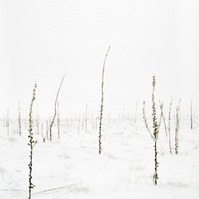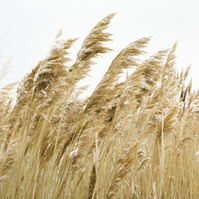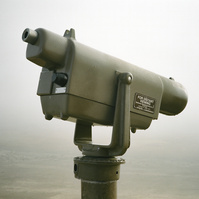Selections from 'Antelope Island,' 2023, Photography
Group Exhibition:
'Alfred Lambourne Arts Program,' SLC, UT, 2023
"The trouble with wilderness is that it quietly expresses and reproduces the very values its devotees seek to reject."
- William Cronon
"Art must testify to the unreconciled and at the same time envision its reconciliation."
- Theodor Adorno
The Great Salt Lake is the largest saltwater lake in the Western Hemisphere. Native peoples have populated the region for millenia and the Goshute and Shoshone Tribes continue to call the area home. In 1847 the "Latter Day Saints" arrived, displacing the Native population. “This is the place,” declared Brigham Young, “and we will make the desert blossom like a rose.” From 1849-1851 Howard Stansbury led an expedition that comprehensively surveyed the lake and initiated the accumulation of technical knowledge that would be used to exploit and degrade it for resource extraction. Antelope Island is the lake’s largest and a Utah State Park.
The Great Salt Lake ecosystem is currently in collapse. Water from the snowmelt of the Wasatch front is relentlessly diverted for domestic, industrial and agricultural use. Utah, a desert, consumes more water per capita than any other state in the country. The rapidly disappearing water is revealing a lakebed full of arsenic that will soon inundate the 1.2 million residents of the Salt Lake Valley in clouds of toxic dust.
The “American Landscape” was constituted as a political-aesthetic metaphor for the achievement of Manifest Destiny. Its Janus faced character - virgin land to be exploited as well as cathedral in which one finds spiritual absolution - renders invisible an industrial economy that recognizes neither beauty nor boundary of any kind. The paradigm of separation turns “nature” into an ahistorical fetish, that which exists "out there" as opposed to the totality of which we are part, and facilitates the continued destruction of our ecology as a whole. Art must participate in the self-conscious re-establishment of human culture within ecological context - this theme, if it can be so called, has been the beating heart of all symbolic expression from the very beginning - and yet it must avoid the temptation to reproduce the boundary. Whether such art is possible without a political revolution is uncertain.























